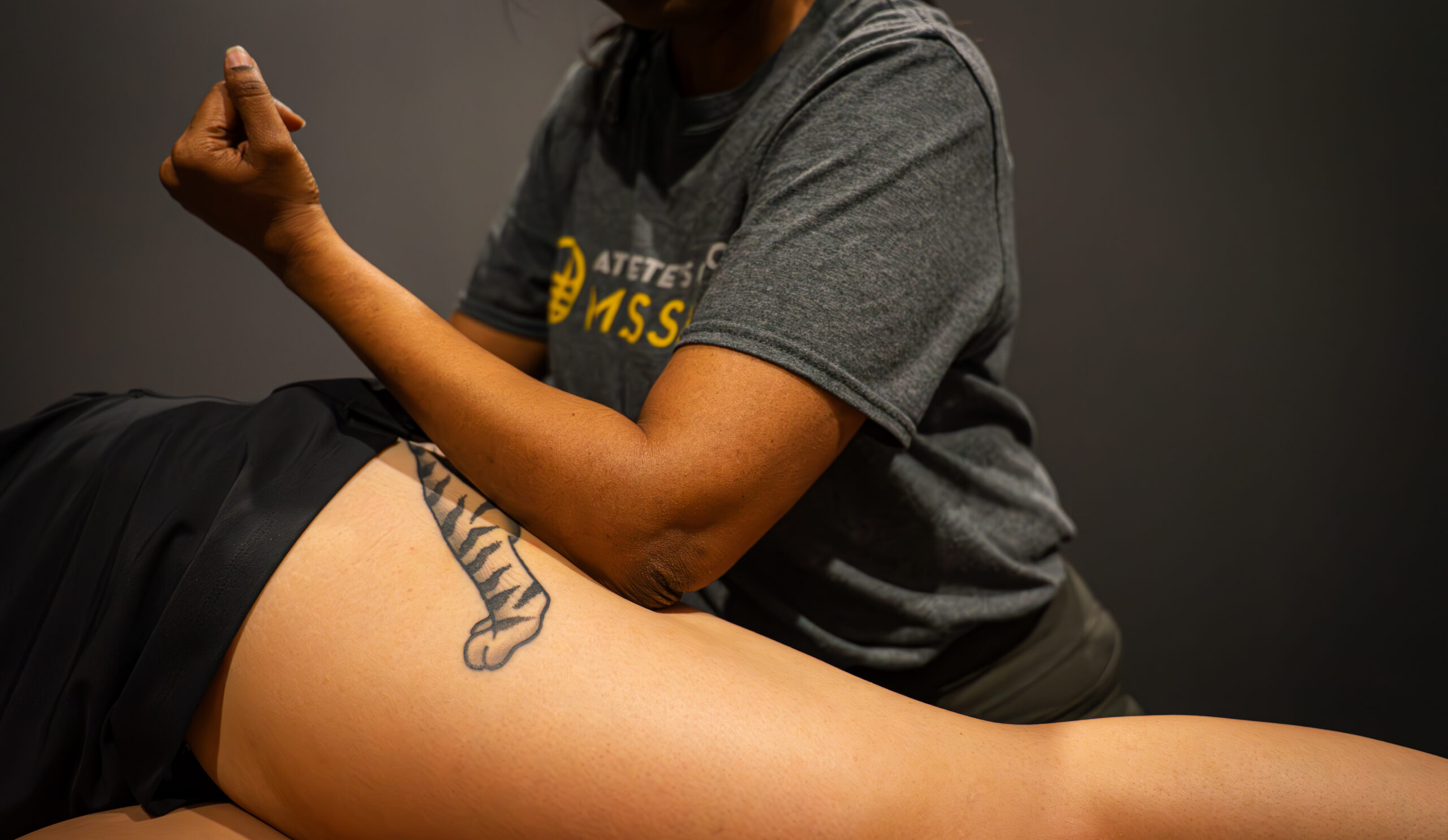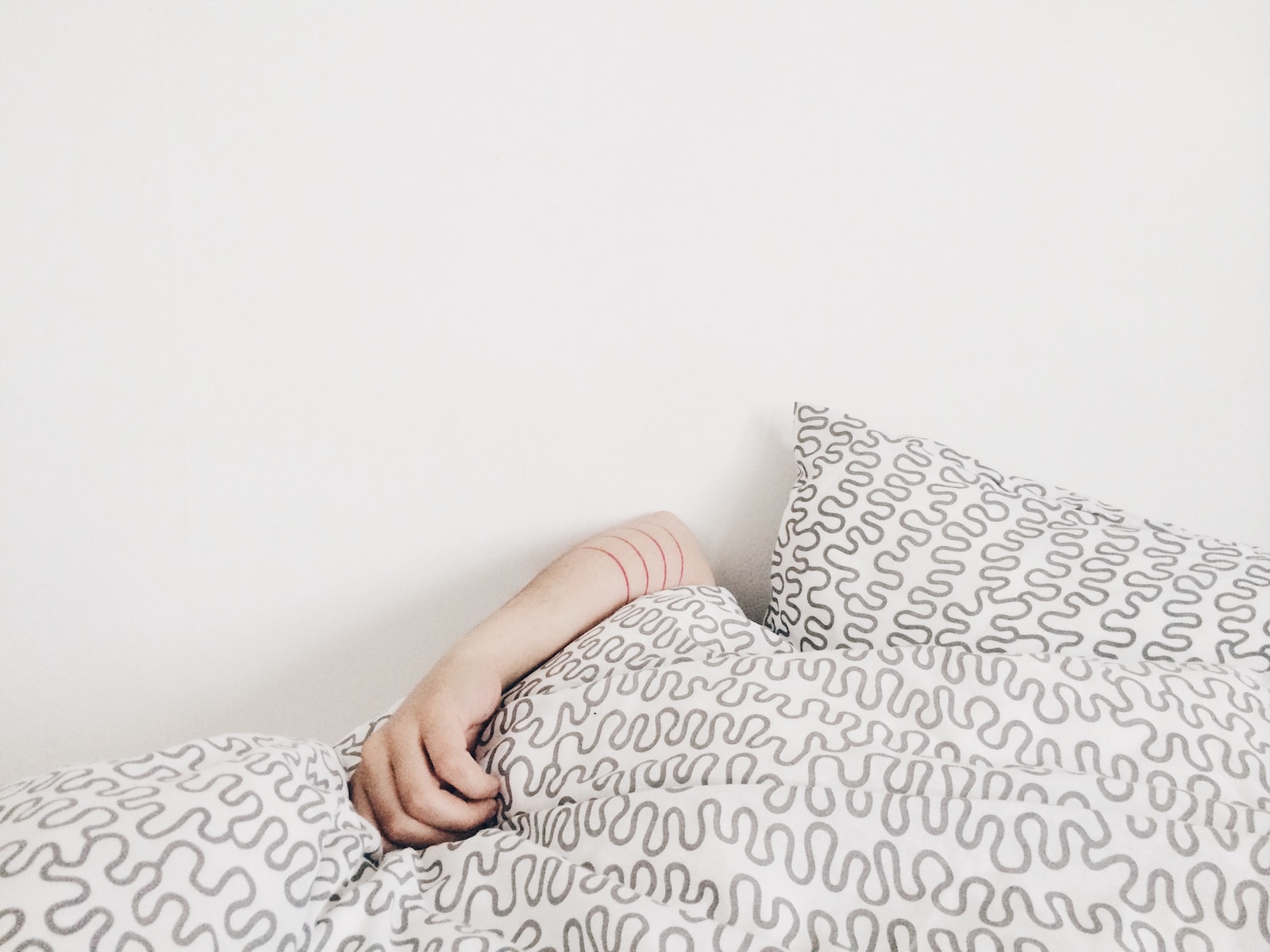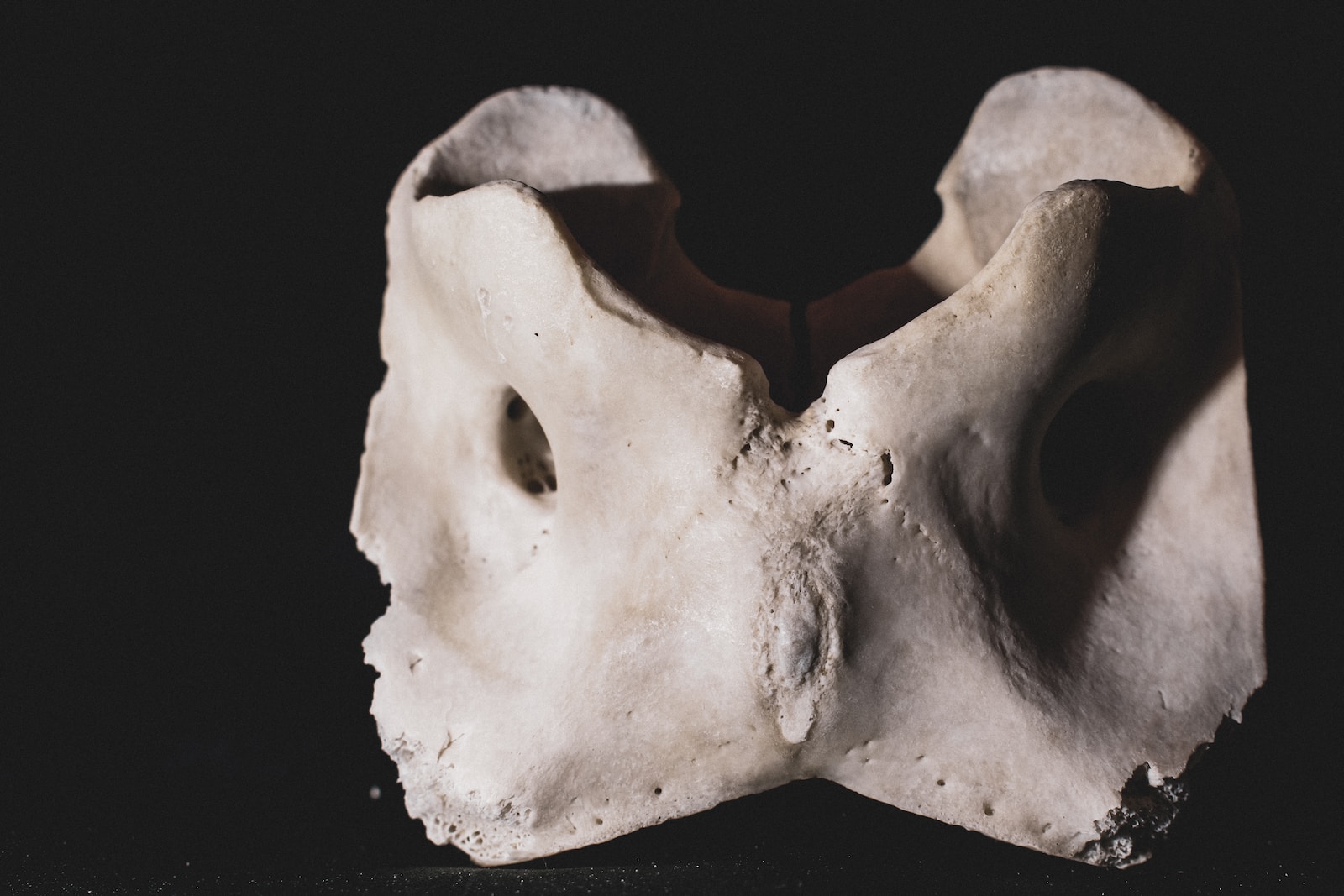RDL Hamstring Stretch is one of the simplest yet most powerful tools active individuals in Edmonton and Sherwood Park can use to prevent injury and improve flexibility. Tight hamstrings are a common issue—especially for runners, tradespeople, and gym-goers—but they’re often ignored until discomfort sets in. Whether you’re chasing performance goals or just want to move more freely, this stretch helps unlock mobility, protect your lower back, and support overall movement health.
In this guide, we’ll walk you through how to perform the RDL Hamstring Stretch correctly—and why it should be a staple in your routine.
Why the RDL Hamstring Stretch Matters
Hamstring injuries account for up to 29% of lower limb injuries in athletes, according to a 2020 study in the British Journal of Sports Medicine. But the issue isn’t limited to elite athletes. Tight hamstrings can lead to back pain, postural issues, and mobility restrictions that affect your performance in both work and sport.
The RDL stretch (Romanian Deadlift-style hamstring stretch) is a dynamic and highly effective way to target the full hamstring group—restoring flexibility and supporting strength-based movements like squats, jumps, and lunges.

What Is the RDL Hamstring Stretch?
The hamstring RDL stretch is based on the Romanian Deadlift motion, which emphasizes hinging at the hips to elongate the hamstrings under tension.
How to Perform It:
- Stand with feet shoulder-width apart.
- Hold a light barbell, dumbbells, or resistance band in front of your thighs.
- Keep your back flat and knees slightly bent.
- Hinge at your hips and push them backward as you lower the weight toward the ground.
- Pause when you feel a deep stretch in your hamstrings.
- Hold for 15–30 seconds and return slowly to standing.
- Repeat 3–5 times.
💡 Tip: Don’t round your back. Keep your core engaged to protect your spine throughout the stretch.
Meet Your Hamstrings: The Muscles at Work
Understanding what you’re targeting helps you stretch smarter. The RDL hamstring stretch engages all three muscles in the hamstring group:
- Biceps Femoris: Key for knee flexion and hip extension—crucial for sprinting and jumping.
- Semitendinosus: Supports posture and helps stabilize the pelvis.
- Semimembranosus: Vital for explosive power and stability during fast direction changes.
Who Benefits Most from the RDL Stretch?
👷♂️ Everyday Workers
- Office workers: Long hours of sitting shorten the hamstrings.
- Tradespeople: Repetitive lifting and crouching strain the lower body.
- Healthcare staff: Prolonged standing leads to fatigue and tightness.
- Teachers and coaches: Constant movement can overuse the hamstring muscles.
🏃♀️ Active Lifestyles and Athletes
- Runners: Enhances stride length and prevents pulls.
- Soccer and volleyball players: Improves explosive leg power.
- Weightlifters: Supports safe lifting technique by increasing posterior chain flexibility.
- Yoga enthusiasts: Unlocks deeper poses and improves posture.
- Basketball players: Assists in vertical jumps and rapid pivots.
Common Conditions Helped by the RDL Stretch
1. Hamstring Strains
Stretching the muscle gently post-injury aids in recovery and prevents re-injury.
2. Lower Back Pain
Tight hamstrings can pull on the pelvis, leading to discomfort in the lumbar spine.
3. Poor Posture
When your hamstrings are tight, your hips can’t sit in a neutral position—affecting your entire posture chain.
4. Sciatica
Loosening the hamstrings can reduce nerve compression symptoms by improving mobility.
If you’re already managing pain or recovering from injury, consider pairing this stretch with deep tissue massage in Sherwood Park for improved results.

Adding the RDL Hamstring Stretch to Your Routine
Incorporating the RDL hamstring stretch into your weekly mobility plan is simple and powerful.
Frequency:
- 3–5 times per week for maintenance
- Daily if you’re managing a specific issue (with professional guidance)
Best Times to Stretch:
- After a workout to reduce tightness
- On rest days to maintain flexibility
- Before low-impact activity as part of a dynamic warm-up
Complementary Therapies That Boost Results
At Athlete’s Choice Massage, we often see improved outcomes when the RDL hamstring stretch is paired with clinical therapies such as:
- Shockwave therapy for chronic hamstring tightness
- Therapeutic massage for flexibility maintenance
- Kinesiology sessions to assess and retrain hamstring mechanics
Looking for treatment close to home? Book your session at our Downtown Edmonton massage therapy clinic where experienced practitioners can support your recovery and mobility goals.
A Sherwood Park Runner’s Story
Amanda, a 38-year-old marathon runner from Sherwood Park, used to battle recurring hamstring tightness during her training cycles. After adding the hamstring RDL stretch and weekly deep tissue massages, her range of motion improved significantly. She reports less fatigue mid-run and no hamstring strains during her last race season.
Keep Your Hamstrings Happy and Healthy
Strong, flexible hamstrings are the foundation of a balanced, injury-resistant body. Whether you’re chasing a new personal best or simply want to move pain-free throughout your day, the RDL hamstring stretch can be your go-to tool for longevity.
If you’re unsure how to start or want professional support, our team at Athlete’s Choice Massage is here to help guide you. Your movement matters—invest in it.





